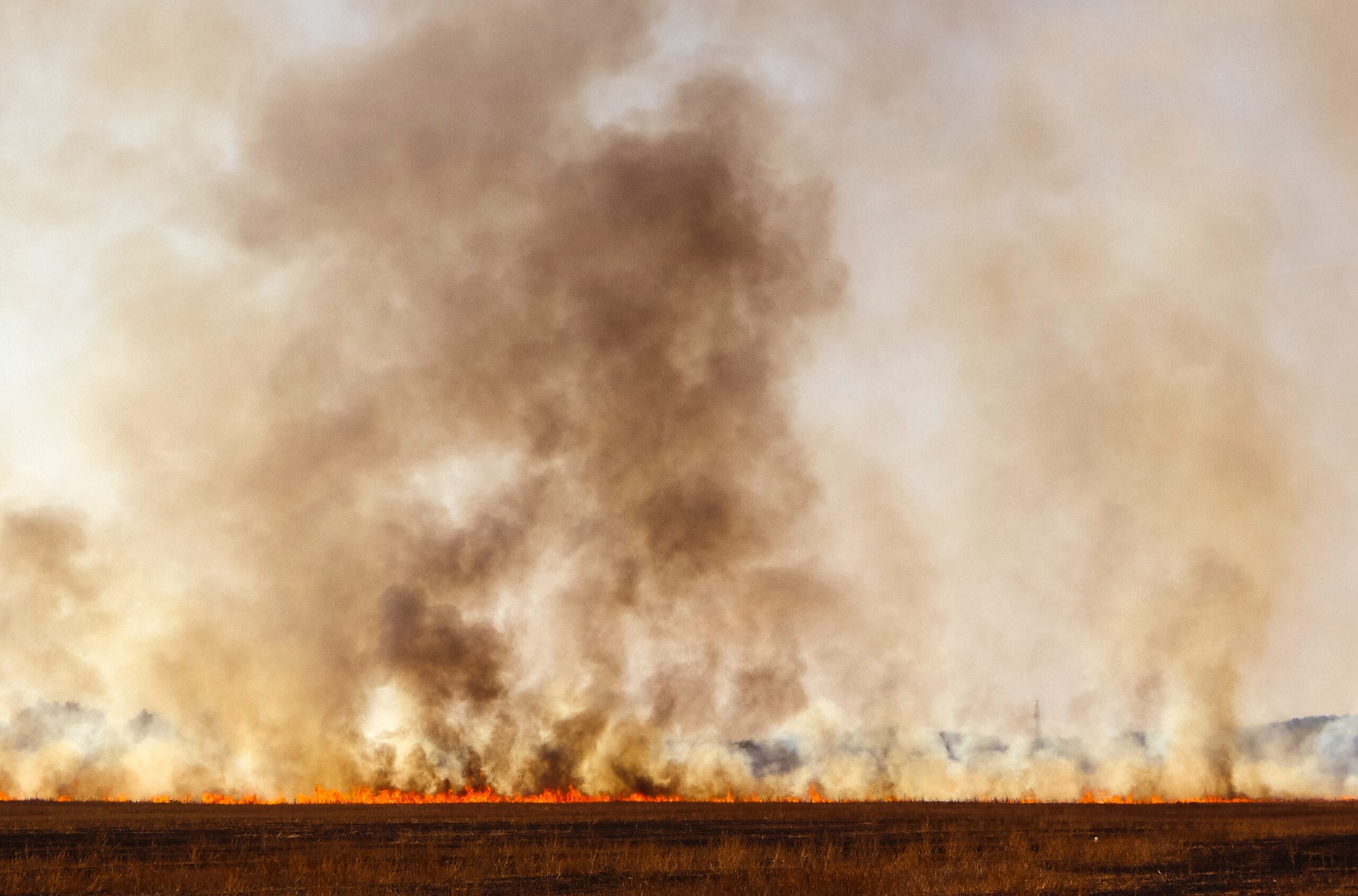Smoke can release dangerous chemicals, depending on what is burned, fire temperature and how much oxygen is surrounding the fire.

Smoke can release dangerous chemicals, depending on what is burned, fire temperature and how much oxygen is surrounding the fire.

Smoke inhalation, unfortunately, occurs when a person breathes in smoke from burning gases or materials and is the leading cause of death in the event of a fire.
Inhaling smoke can irritate the lungs and airways, causing them to swell and block oxygen from entering the bloodstream. In the worst-case scenario, smoke inhalation can lead to respiratory failure and death – requiring immediate treatment to limit further difficulty and complications.
Every year, there are still around 30 accidental deaths due to acute CO poisoning in England and Wales, and over 200 non-fatal poisonings requiring medical attention in the hospital. More than half of fire-related deaths result from smoke inhalation.
Smoke inhalation mostly occurs in an enclosed space during a fire. Any damage to individuals is often caused through asphyxiation, which creates a lack of oxygen and severely irritates the lungs.
Symptoms of smoke inhalation entirely depend on the composition of smoke inhaled and the duration of time the inhalation occurred. If you are concerned, general symptoms often include:
If carbon monoxide is contained within the smoke, individuals may experience carbon monoxide poisoning. These symptoms will differ depending on the level and duration of exposure. General symptoms can include:
When treating someone for smoke inhalation, the typical first aid responses include:
After a patient has received hospital care or check-up, follow-up care is introduced, including:
Smoke alarms are essential detection equipment if you want to keep a building and its residents as safe as possible. They can detect the early presence of smoke and fire before it becomes unmanageable, giving people the time to evacuate the building or prevent the fire and smoke from spreading further.
The main cause of death in a fire continues to be excessive smoke inhalation. Fire curtains help prevent the spread of smoke and flames, therefore reducing the risk of death due to inhalation.
Coopers Fire dedicates time and effort to advancing fire curtain and smoke curtain technology and improving ways to safeguard life and property. This commitment to developing innovative products that are robustly tested and independently certified has meant that Coopers has become the benchmark used by Regulators, Architects, Engineers and other Fire Professionals worldwide. Get in touch today to find out more.